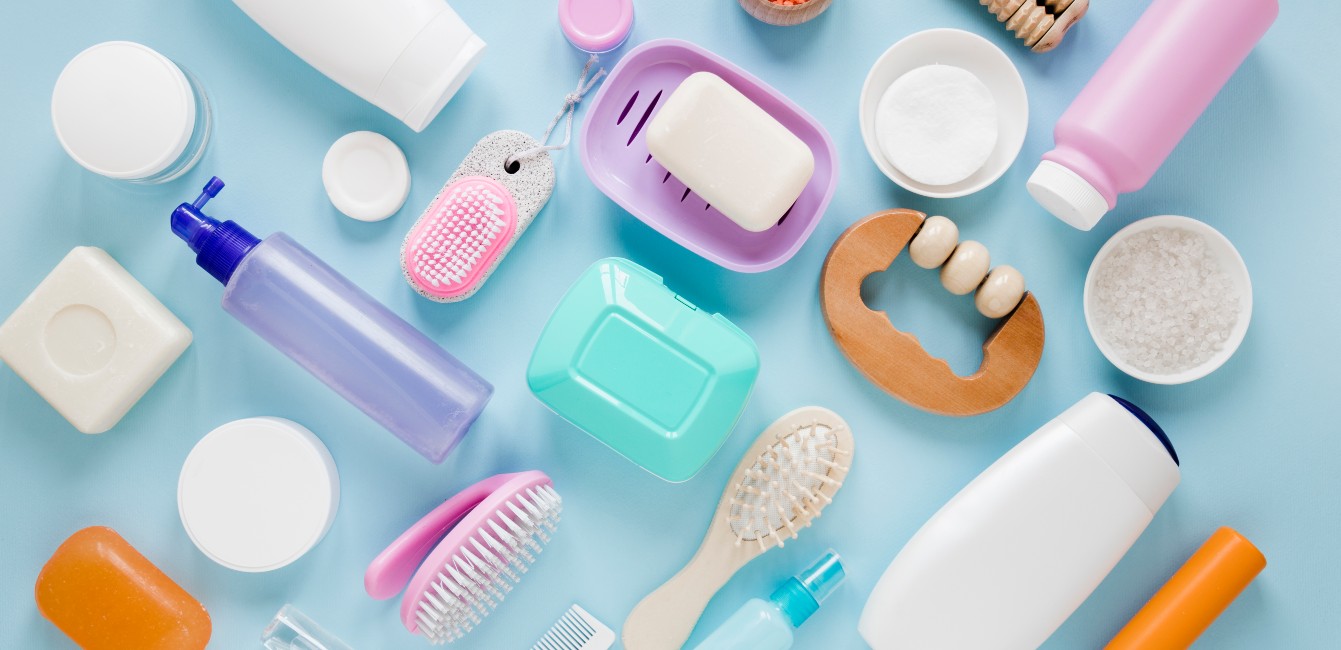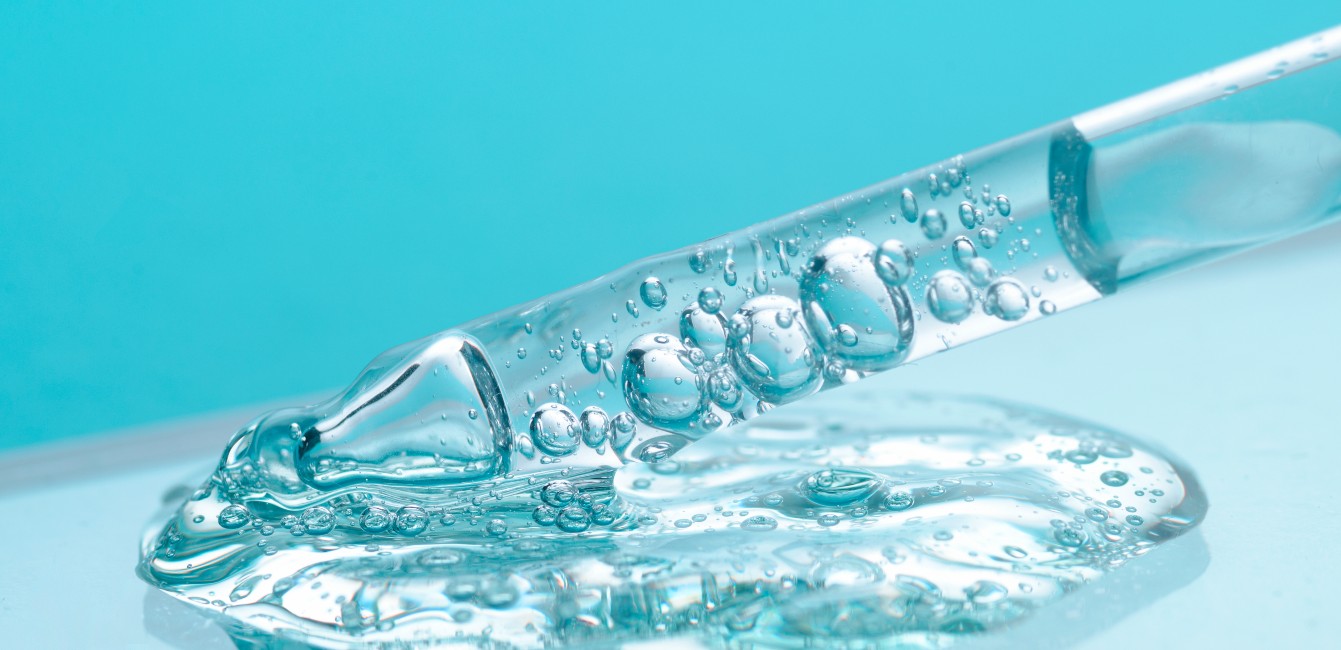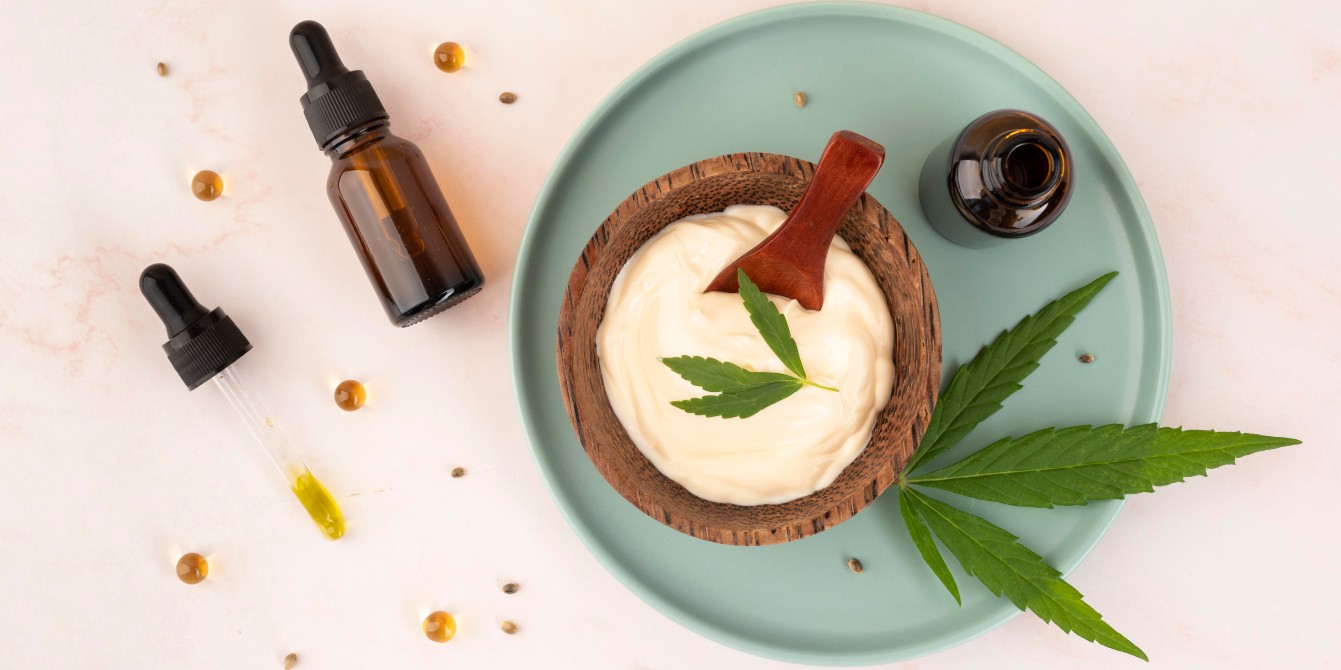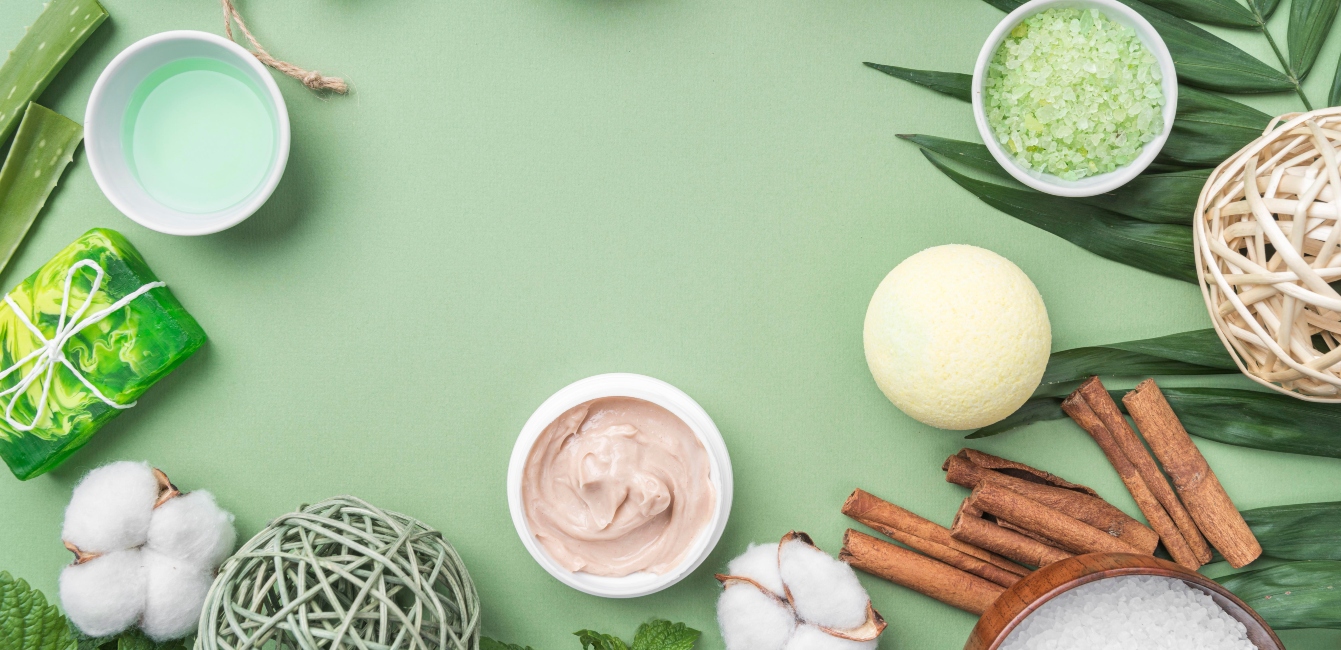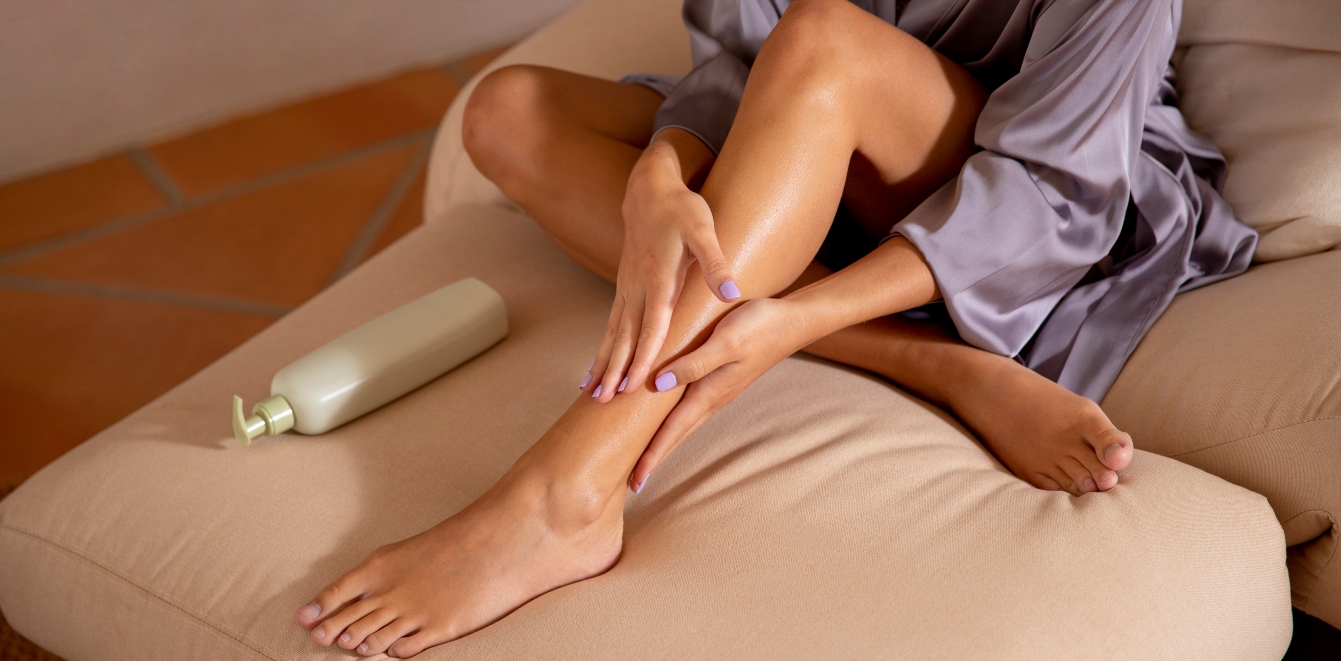Swedish Winter Secrets: Shielding Your Skin from the Cold
As winter blankets the landscape in a layer of frost, our skin often experiences a tale of discomfort and dryness. As someone who cherishes the crisp beauty of winter landscapes (hello, Sweden!), I’ve learned to navigate the unique challenges that cold weather poses to our skin. Let me share the specific ways cold weather affects your skin, seek insights from dermatologists, and explore skincare routines tailored to shield your skin from winter’s icy embrace. Plus, I’ll share my personal winter skincare journey, featuring some beloved Swedish products that have become my winter warriors.
The Chilly Impact on Your Skin
The Culprits: Dry Air and Harsh Winds
Cold weather brings with it a duo of skin adversaries – dry air and biting winds. As temperatures plummet, the air loses its humidity, leading to increased water evaporation from our skin. The brisk winter winds only exacerbate the issue by stripping away the skin’s natural oils, leaving it vulnerable to dryness, redness, and even cracks.
Dermatologist’s Take: Expert Insights on Winter Skin Woes
To understand the scientific nuances of how cold weather affects our skin, I consulted with Dr. Rachel Bergman, a board-certified dermatologist renowned for her expertise in seasonal skincare.
Dr. Bergman highlighted the dual impact of cold and dryness on the skin. “The cold weather constricts blood vessels, reducing blood flow to the skin and potentially causing it to lose moisture,” she explained. “This, coupled with the dry air, can lead to dehydration, flakiness, and irritation.”
She emphasized the importance of adjusting our skincare routines to address these specific challenges during the winter months.
Crafting Your Winter Skincare Arsenal
1. Hydration is Key: Layering Moisture Like a Pro
In the winter, hydration becomes your skin’s best friend. Opt for a hydrating cleanser that doesn’t strip away essential oils. Follow it up with a moisture-rich toner to prepare your skin for the products to come.
2. Locking in Moisture: The Power of Serums and Essences
Introduce a hydrating serum or essence into your routine. These concentrated formulations penetrate deeper into the skin, providing intense hydration and helping to fortify the skin barrier.
3. Embrace the Moisturizer: Winter’s Protective Shield
Invest in a rich, emollient moisturizer to shield your skin from the harsh winter elements. Look for ingredients like hyaluronic acid, glycerin, and ceramides to lock in moisture and strengthen your skin’s resilience.
4. Lips Need Love Too: Don’t Forget the Balm
The delicate skin on our lips is often the first to bear the brunt of cold weather. Keep a nourishing lip balm handy to prevent chapping and maintain soft, supple lips.
5. Sunscreen, Always: Winter UV Protection
Surprisingly, the winter sun can be just as damaging as its summer counterpart. Apply a broad-spectrum sunscreen with at least SPF 30, especially if you’ll be spending extended periods outdoors.
My Swedish Winter Skincare Picks
In my pursuit of winter skincare perfection, I’ve turned to some Swedish treasures that seamlessly blend efficacy with a touch of Nordic elegance.
- FOREO LUNA Mini 3: This compact yet powerful facial cleansing device has been a game-changer in my winter routine. It gently exfoliates while enhancing the absorption of my skincare products, ensuring every layer of moisture counts.
- Vichy Aqualia Thermal Rich Cream: Inspired by the refreshing Swedish landscapes, this moisturizer has become my go-to winter shield. Enriched with Vichy’s thermal water, it provides intense hydration without feeling heavy on the skin.
- Swedish Nutra Marine Collagen: To boost my skin’s resilience from within, I incorporate marine collagen supplements into my daily routine. Swedish Nutra’s Marine Collagen has been a reliable companion, promoting elasticity and hydration.
Incorporating Swedish Skincare Wisdom
Swedish skincare has a distinct focus on simplicity, effectiveness, and harnessing the power of nature. To infuse a touch of Swedish grace into your winter routine:
1. Birch Sap Elixirs: Nature’s Hydration Boost
Look for products featuring birch sap, a staple in Swedish skincare. Birch sap is known for its hydrating and soothing properties, making it an ideal ingredient to combat winter dryness.
2. Lingonberry-infused Treatments: Antioxidant Delight
Lingonberries, a Nordic gem, are rich in antioxidants. Incorporate products infused with lingonberry extracts to protect your skin from free radicals and promote a youthful glow.
3. Arctic Spring Water Mists: Instant Refreshment
Keep an Arctic spring water mist in your bag for instant refreshment on-the-go. A quick spritz can revive your skin and combat the effects of indoor heating.
Winter Radiance Unveiled
As winter wraps its icy tendrils around us, our skincare routine becomes a fortress against the season’s challenges. Understanding how cold weather affects your skin empowers you to craft a winter skincare ritual that nourishes, protects, and enhances your natural radiance. Embrace the wisdom of Swedish skincare, where simplicity meets efficacy, and let your skin bloom with winter radiance, resilient and glowing in the face of frosty adventures.
Image by senivpetro on Freepik



